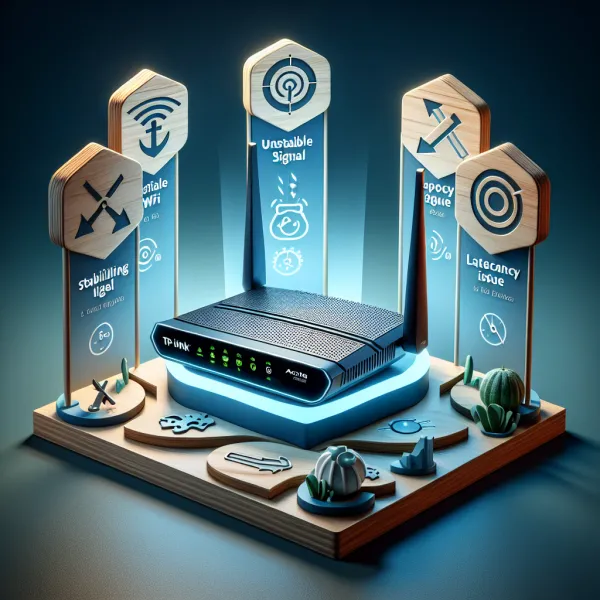5 Common Problems with the TP-Link Archer AXE1200 and How to Address Them
5 Common Problems with the TP-Link Archer AXE1200 and How to Address Them
The TP-Link Archer AXE1200 is a popular router known for its affordability and advanced features. However, like any tech product, it’s not without its flaws. In this article, we’ll explore five common problems users encounter with the TP-Link Archer AXE1200 and provide actionable tips to resolve them.
1. Inconsistent Wi-Fi Signal
One of the most frequent complaints about the TP-Link Archer AXE1200 is its inconsistent Wi-Fi signal. Users often report dead zones or fluctuating speeds, especially in larger homes or areas with many walls.
Solution: To improve signal strength, consider placing the router in a central location, away from walls or electronic devices that may cause interference. Additionally, upgrading to a Wi-Fi extender or mesh system can help eliminate dead zones.
2. Firmware Update Issues
Firmware updates are crucial for maintaining security and performance, but some users report difficulties updating the TP-Link Archer AXE1200. This can lead to outdated software and potential vulnerabilities.
Solution: Ensure you’re connected to the router via Ethernet when performing updates. Visit the TP-Link support website to download the latest firmware manually if the automatic update fails.
3. Limited Device Connectivity
While the TP-Link Archer AXE1200 supports multiple devices, some users experience connectivity issues when too many devices are connected simultaneously. This can result in slower speeds or dropped connections.
Solution: Use the router’s Quality of Service (QoS) settings to prioritize bandwidth for critical devices. If your household has many connected devices, upgrading to a higher-capacity router may be necessary.
4. Overheating Problems
Overheating is another common issue with the TP-Link Archer AXE1200. Prolonged use or poor ventilation can cause the router to overheat, leading to performance degradation or even hardware damage.
Solution: Place the router in a well-ventilated area and avoid stacking it with other electronics. If overheating persists, consider using a cooling pad or contacting TP-Link support for assistance.
5. Complicated Setup Process
While the TP-Link Archer AXE1200 is marketed as user-friendly, some users find the initial setup process confusing, especially if they’re not tech-savvy.
Solution: Follow the step-by-step instructions provided in the user manual or use the TP-Link Tether app for a guided setup experience. If you’re still struggling, TP-Link’s customer support team can provide additional assistance.
Final Thoughts
The TP-Link Archer AXE1200 is a reliable router for most users, but it’s not without its challenges. By addressing these common issues, you can maximize its performance and enjoy a seamless internet experience. Remember, no router is perfect, but with the right tweaks and solutions, you can overcome these hurdles and make the most of your investment.
